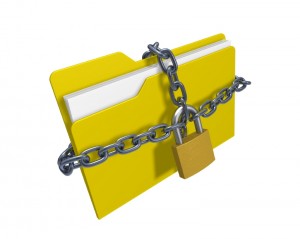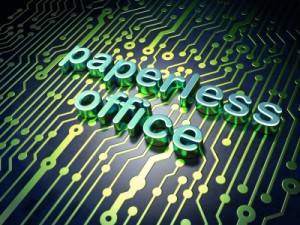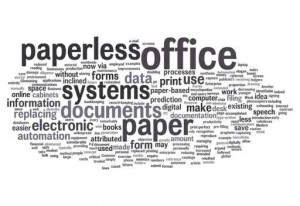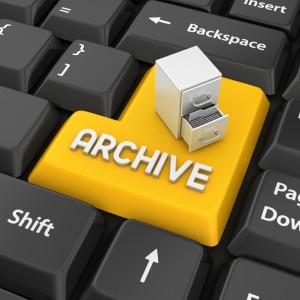My last blog discussed the importance of having a document management company policy that ensures integrity and security of company information.
But what happens when you are on the move or working from home? What information or document management protocols do you have in place?
Recently, I was on a train to London and took the opportunity to write up a report and read through a proposal, nothing unusual in that.
But as the journey continued I was irked by a commuter who was sitting next to me and kept peering into my laptop screen.
I didn’t have a laptop privacy screen so I was well aware that he could catch some of what I was reading and writing.
You might be thinking what a stupid thing to do but there was no confidential information on display and nothing onerous that anyone reading it could use to affect.
That’s not the point I was irked because he persisted in deliberately reading in my space and this got me thinking.
Do organisations need an information management policy and is it really necessary?
How many of us actually travel with company work documents – paper and digital, and read them in view of other commuters?
The british workforce has become increasingly mobile, we travel further and more often.
Many employees use planes and trains.
If you take a train during peak commuting periods it is not unusual for people to use this travel time to work on their smartphones, laptops or tablets, reading important documents and responding to emails in full view of all and sundry.
Not forgetting that endless business phone call the woman sitting next to you is having and divulging all sorts of interesting information if you care to listen.
I picked up a potential company lead because a woman on her phone name dropped, she was talking so loudly it was hard not to hear and everyone understood the context of the conversation not very secure or confidential and I wondered what her client (I assumed it was a customer) would have made of the conversation had they known she was travelling on a train.
Would they have questioned her about the existence of a company information management policy?
How many times in the last few years have we heard about breaches at the home office or NHS trusts inadvertently sending out information to the wrong patients.
It happens innocently due in part to carelessness like divulging confidential company information on a mobile phone, reading sensitive documents whilst on a train, bus or plane.
You may not think your friendly commuter sitting next to you isn’t in the least bit interested in what you are reading or writing but look at the statistics below and it might make you think again.
http://www.slideshare.net/CarolineMcCormack/commuter-snoopers-jan14
Employees should be aware of an information management policy particularly when working remotely or in transit providing clear and practical guidelines to ensure employees reduce the risk of losing information or worse still falling into the wrong hands.
Paper is very easy to transport to and from the office and just as easy to misplace or leave on the train on the way home. When these documents are no longer required employees should be required to return them to the office and have them destroyed on company premises.
Organisations need to manage information appropriately ensuring that devices issued to employees such as mobile devices, laptops or tablets are encrypted with passwords and any sensitive information is managed via a secure VPN connection (virtual private network).
Laptop privacy screens ensure that if work is being undertaken on a journey, it makes it impossible for the information to be read from a side view.
Of course this reads like common sense, BUT
Next time you are travelling count the number of potential information and security risks, you will be very surprised just what you see and what you can learn!

When you next make that phone call to an important client or read sensitive documents. Be aware of the security risks.
For more information on document management systems and solutions click here
Does it really matter how you transport information?
What management policies do you have in place?
How do you manage your information and any paper documents when you are on the move?
Follow us on twitter, find us on Facebook and Pinterest or connect with us on Linkedin and Google+













